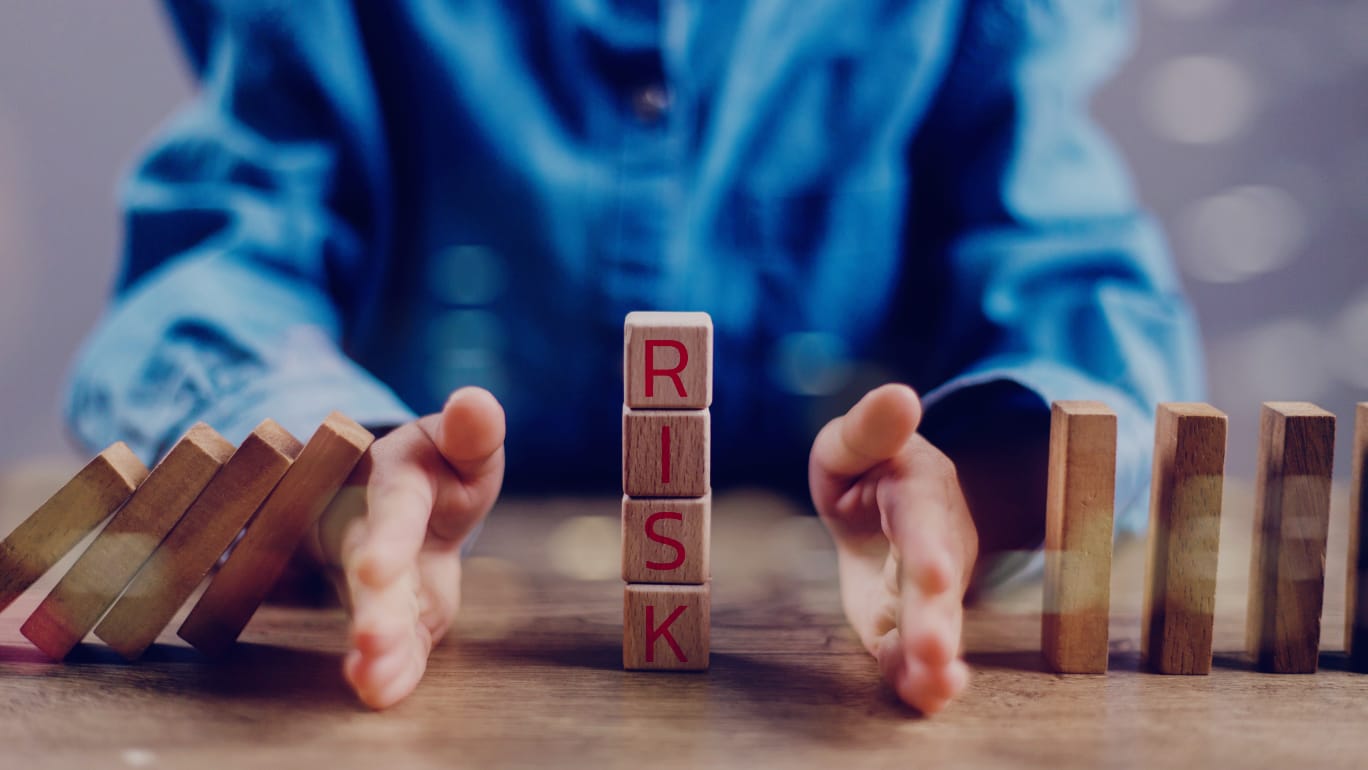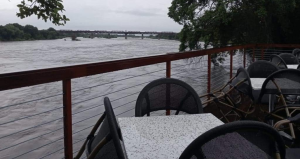With experts from SATIB & EFI Global
SATIB Insurance Brokers recently hosted a high-impact webinar designed to help tourism and hospitality businesses across South Africa prepare for one of the most urgent and costly risks in the industry today: catastrophic loss due to fire.
Here’s a short recap of what was covered, some key takeaways and actionable next steps for your business…
Commercial fires have emerged as the greatest insurance claim risk for South African businesses – with fire claims in commercial property often running into millions of Rands per incident. In the tourism and hospitality industry, the stakes are even higher, as a fire can mean not only severe property damage but also weeks or even months of lost revenue and reputational harm. Our panel of experts for this discussion included:
- Nick Konstandoudakis (SATIB Insurance Brokers)
- Kashan Singh (EFI Global – Forensic Fire Investigator)
- Mariette Sutherland (Sedgwick SA – Professional Quantity Surveyor)
- Pieter de Vos (Sedgwick SA – Senior Adjuster & Property Lead)
- Werner Sieburg (EFI Global – Lead Forensic Engineer)
Surge in Fire Risks Across Property Types
The panel highlighted a marked increase in fire incidents across residential, commercial, and hospitality spaces – including both ordinary structures and thatch-roof buildings. Key contributors include:
- Complex electrical rerouting due to growing energy independence (e.g. solar/inverter systems)
- Increased use of aesthetically pleasing but risky flue and space-heating installations
- Inadequate separation between chimney structures and thatch
- Faulty joints and terminations being leading ignition sources
Critical Fire Prevention Measures
The panel urged proactive action with a focus on practical upgrades and compliance.
- Fire breaks are especially vital in wildfire-prone areas – maintain 10–30m clear zones and remove debris before fire season.
- Isolators help enable shutdown during emergencies, but they must be certified, correctly installed and tested regularly.
- Maintenance programmes are essential to prevent deterioration and identify risks early.
- Additional protections in the form of sprinkler systems, access control and structural reinforcements for high-risk properties
Did you know?
Sprinklers are commonly misunderstood – they’re designed to contain, not extinguish, fires. Common failures include corroded heads or broken pipes. Annual inspections are essential.
How is Value at Risk (VaR) calculated in catastrophe situations?
VaR is typically based on the cost to replace insured structures at the time of loss, regardless of local factors. In the Knysna Fire (267 properties) and the Natal floods, losses were assessed using market and insurer rates, despite concerns over shortages and inflated prices. Most flood losses involved commercial and government buildings, as many informal and RDP homes were uninsured.
Main Takeaway: Fire Risk Requires a Holistic Response
“There’s no single fix. Fire risk mitigation requires an integrated approach – smart installation, compliant systems, diligent maintenance, and accurate insurance values,” said panellist Kashan Singh. “The goal isn’t to eliminate fire risk entirely – but to control it proactively and reduce loss severity.”
Listen to the full recording here.



